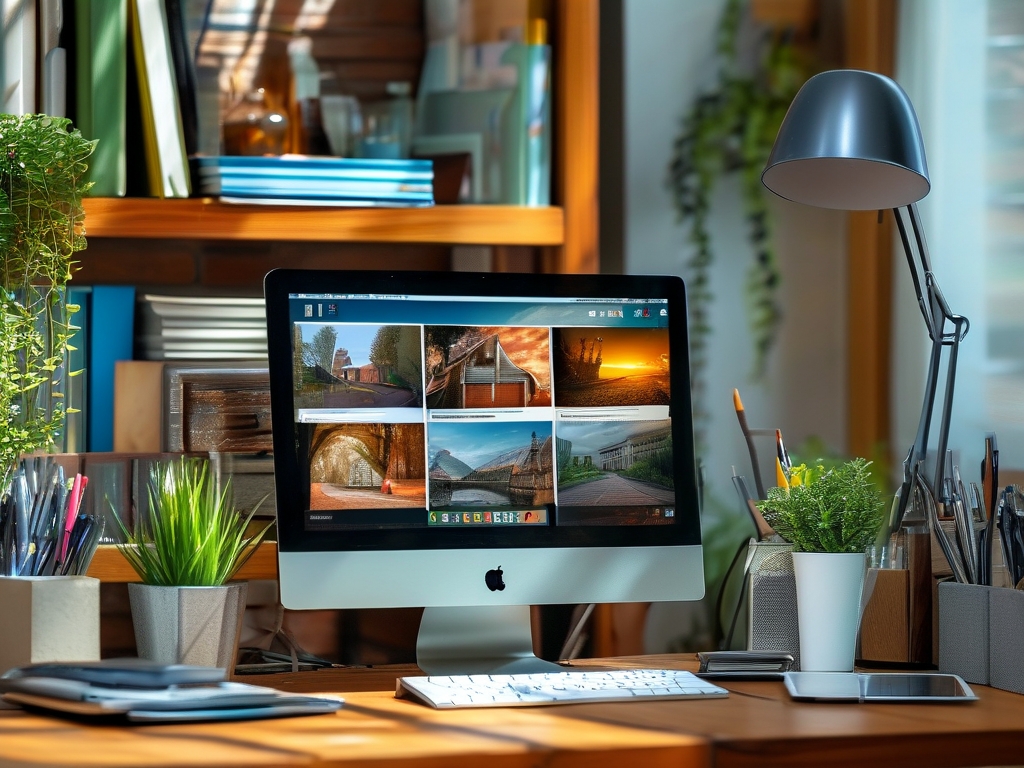In today’s digital age, photos are an integral part of our lives. From capturing precious memories to documenting daily moments, the average smartphone user takes hundreds—if not thousands—of photos each year. However, high-resolution images and videos consume significant storage space, leading to frustrating "storage full" warnings and sluggish device performance. Managing photo storage effectively is essential to maintaining a clutter-free digital life. Below, we explore practical strategies to optimize photo storage across devices and platforms.

1. Regularly Review and Delete Unnecessary Photos
The first step to reclaiming storage is decluttering. Start by reviewing your photo library and deleting duplicates, blurry shots, or screenshots you no longer need. Tools like Google Photos and Apple’s "Recently Deleted" album simplify this process by grouping similar images or temporarily storing deleted files. For bulk deletion, use apps like Gemini Photos (iOS) or Files by Google (Android), which identify low-quality or redundant files.
Pro tip: Schedule a monthly "photo cleanup" session to prevent clutter from accumulating.

2. Leverage Cloud Storage Solutions
Cloud services are a game-changer for managing photo storage. Platforms like Google Photos, iCloud, and Dropbox offer automatic backup options that sync your media to the cloud, freeing up local storage. Most services provide free tiers (e.g., 15GB with Google Accounts) and affordable paid plans for larger needs.
Key advantages:
- Accessibility: View photos from any device.
- Security: Protect memories from device loss or damage.
- Optimization: Enable "Storage Saver" modes (e.g., Google Photos’ compressed backups) to reduce file sizes.
Note: Always check privacy settings and enable two-factor authentication for cloud accounts.
3. Compress Photos Without Sacrificing Quality
High-resolution photos consume the most space. Use compression tools like Adobe Lightroom, TinyPNG, or built-in device features (e.g., iPhone’s "Optimize Storage" setting) to reduce file sizes. For instance, converting RAW files to JPEG or HEIC formats can save up to 80% of storage while retaining visual clarity.
Advanced users can batch-process images using desktop software like Photoshop or free tools like GIMP.
4. Utilize External Storage Devices
For those wary of cloud reliance, physical storage options like USB drives, SD cards, or external hard drives offer a reliable alternative. Devices such as the SanDisk iXpand (for iPhones) or Samsung T7 SSD provide plug-and-play convenience.
Benefits:
- Offline access: No internet required.
- Long-term archival: Ideal for preserving original-quality photos.
5. Organize Photos into Albums or Folders
A well-organized library makes it easier to manage storage. Create themed albums (e.g., "Vacation 2023" or "Family Events") or use AI-powered tools like Google Photos’ auto-tagging feature to sort images by faces, locations, or objects. This not only saves time but also helps identify redundant files for deletion.
6. Disable Automatic Photo Backups for Non-Essential Apps
Many apps (e.g., WhatsApp, social media platforms) automatically save photos to your device. Disable this feature in settings to prevent unnecessary clutter. For example:
- WhatsApp: Go to Settings > Chats > toggle off "Save to Camera Roll."
- Instagram: Disable "Save Original Photos" in settings.
7. Adopt a "Snapshot Mindset"
Before taking a photo, ask: "Do I really need this?" Reducing the number of photos taken—especially casual screenshots or temporary images—can significantly curb storage demands.
8. Use Dedicated Photo Management Software
Tools like Adobe Bridge, Apple Photos, or Microsoft Photos offer advanced features for sorting, editing, and exporting images. For example, Adobe Bridge lets you batch-rename files or apply metadata tags, streamlining your workflow.
9. Archive Old Photos
Transfer older photos to a separate drive or cloud archive. This keeps your primary device focused on recent memories while ensuring older files remain accessible.
10. Monitor Storage Usage Regularly
Both iOS and Android provide built-in storage analyzers (e.g., iPhone’s "Storage" menu or Android’s "Storage" settings). Use these to identify which apps or file types consume the most space and take action accordingly.
Final Thoughts
Managing photo storage is an ongoing process, not a one-time task. By combining cloud solutions, compression techniques, and mindful habits, you can enjoy a seamless digital experience without constantly battling storage limits. Start with small steps—delete 50 unnecessary photos today, enable cloud backups tomorrow—and gradually build a system that works for you. Your device (and your sanity) will thank you!


